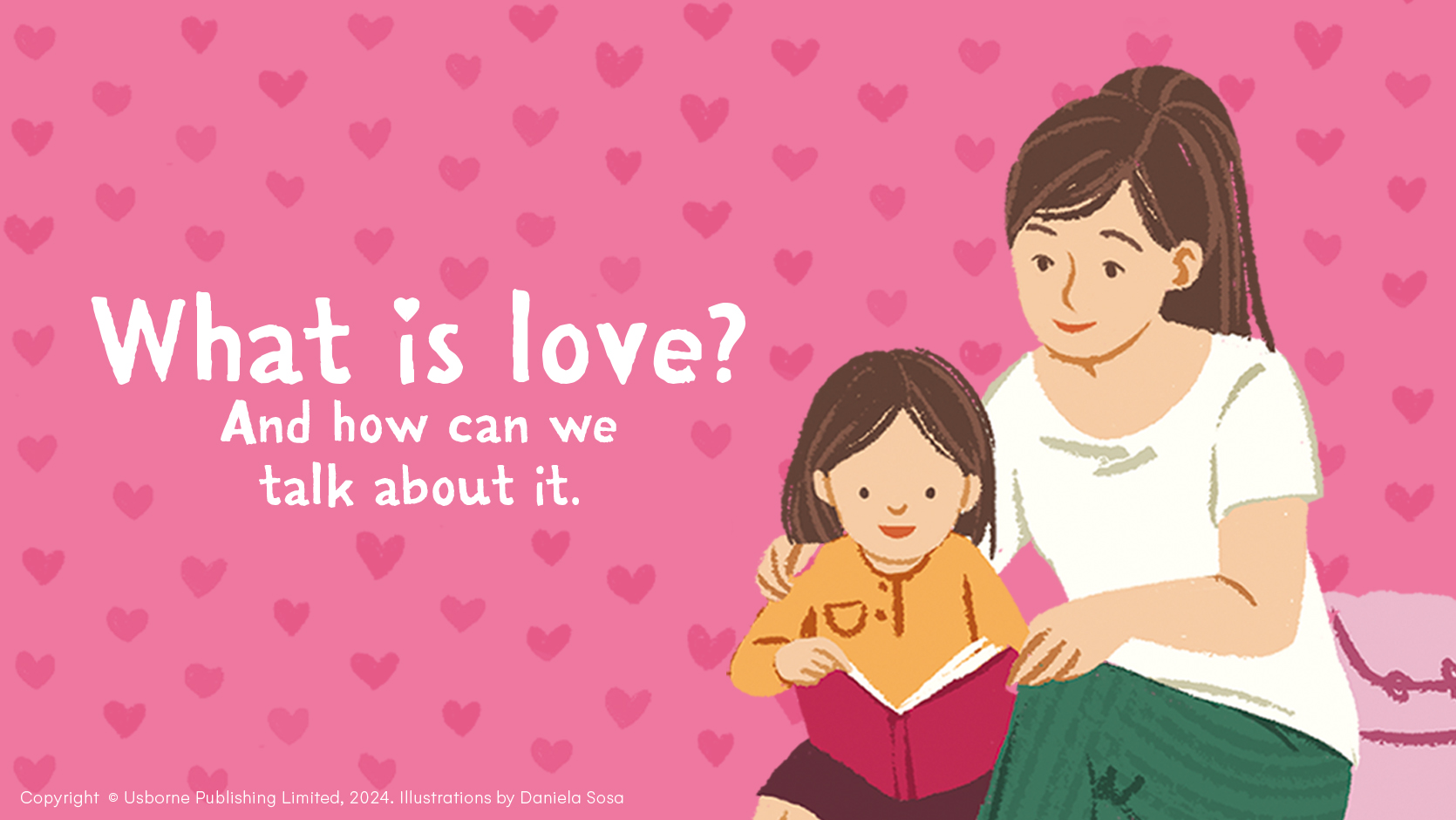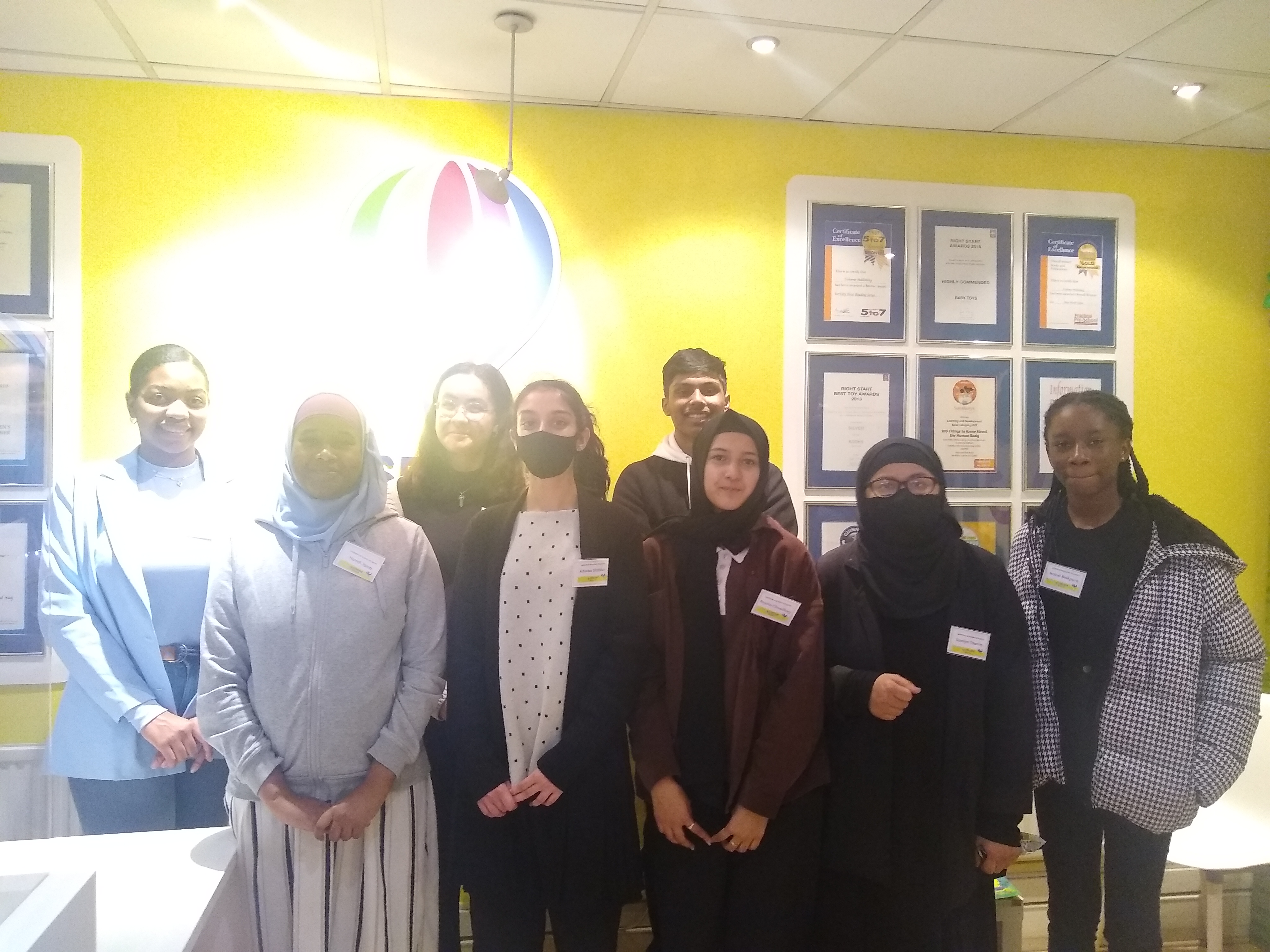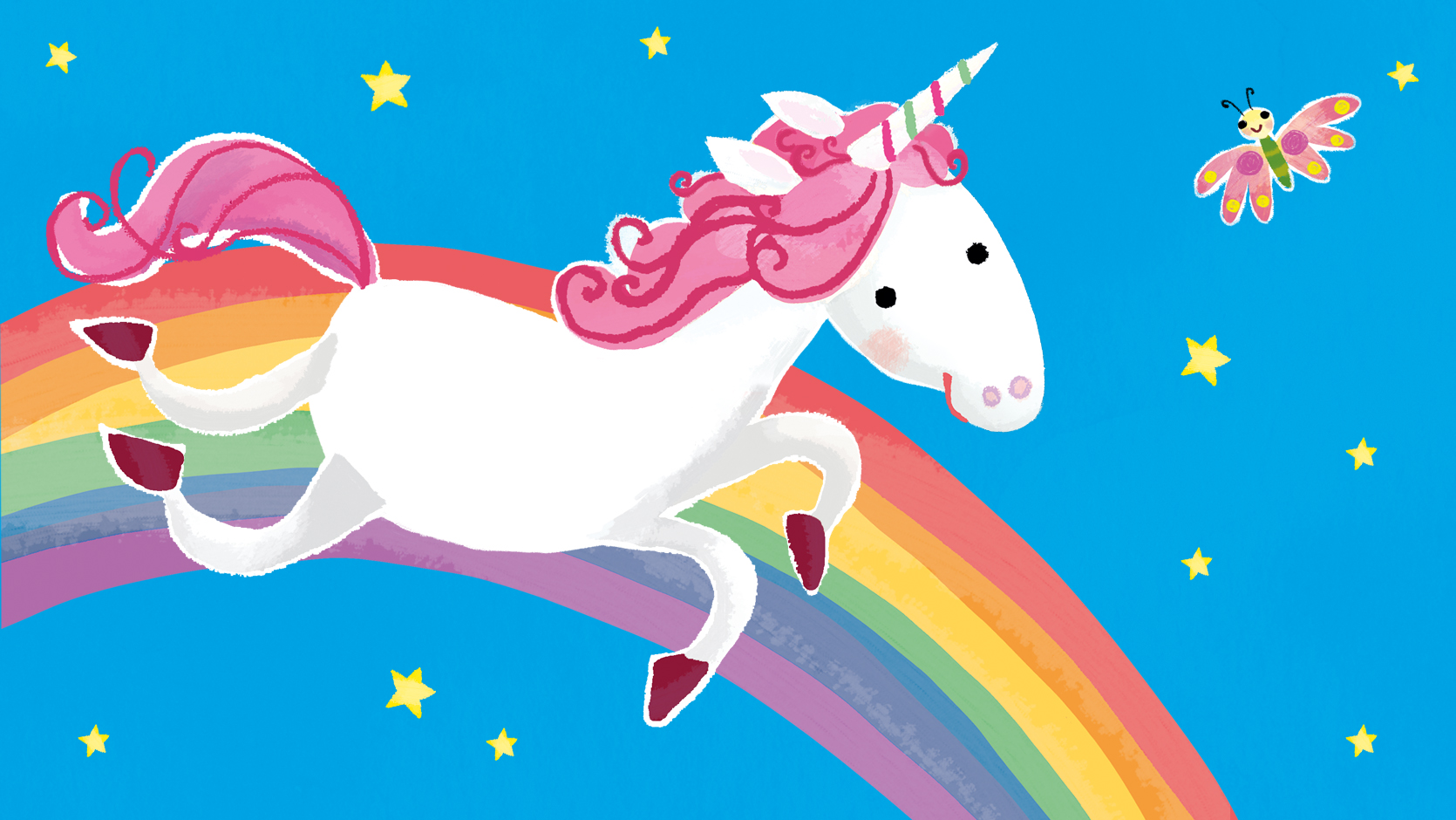- Behind the scenes at Usborne
Rewriting Jane Austen for younger readers
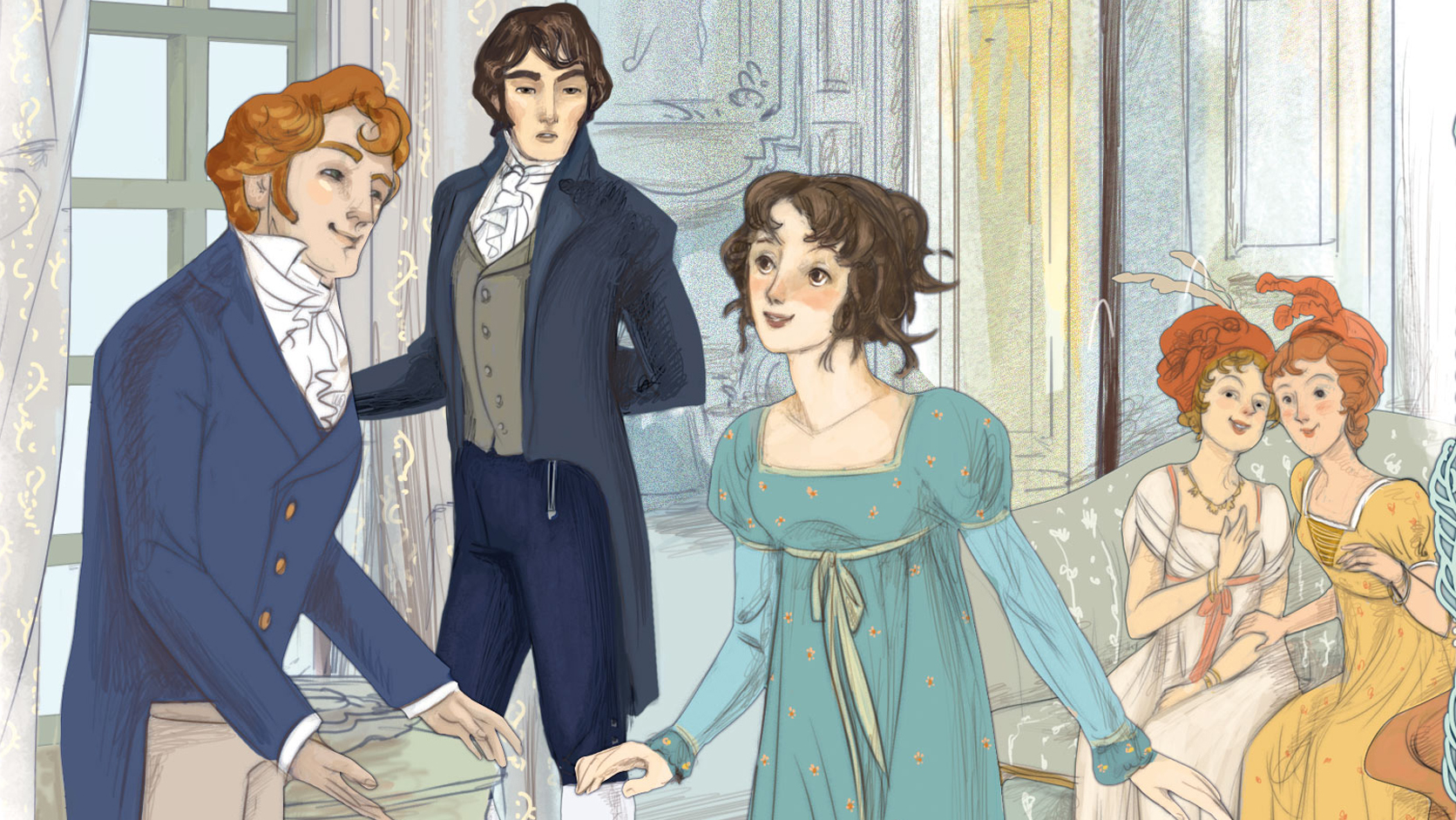
Usborne editor Anna Milbourne explains her approach to adapting Jane Austen's novels in one complete collection, and reflects on the similarities and differences of Austen's characters to young people growing up today.
In my twenty years working for Usborne I’ve had a fine time retelling classics, from Shakespeare’s plays to The Odyssey, Indian myths to Arthurian legend, with plenty of fairy tales sprinkled in between. For the latest challenge of rewriting all of Jane Austen’s novels for younger readers, I was joined by seasoned classics rewriters Mary Sebag-Montefiore and Rachel Firth.
Rewriting classics is a delicious job – you get to enjoy them in detail all over again and learn huge amounts about the art of storytelling. In trying to reduce the length and simplify the language you discover how the original story is put together – what makes it tick.

Anna Milbourne
Each classic is a different challenge. With Shakespeare, it’s how do you turn a play into a story? And how do you keep the stunning lyrical expression while adapting the language to be understood by a young reader? With Dickens: how do you keep the sense of overflowing detail and huge cast of characters which are so essentially Dickensian while cutting the length by about 90%?
Simplifying Jane Austen is a different challenge altogether. She once described her own writing as being like painting in miniature – it’s small-scope, delicate, precise.
Each sentence is a highly polished thing, and to take any part of it out feels as if you are just expressing something less precisely, less delicately than she did. You’re reducing all the fine balances of meaning: irony and sympathy and humour and warmth – so layered, so complex.
I kept as much original phrasing in as possible – it’s so perfect! But to make the stories more accessible I did have to simplify and reduce, carefully paring back the harder sentence structures and period details, or bringing out meanings for a younger reader.
Her famous irony, for example, is delivered in the original without any clues to the reader as to how to read the tone, so I tried to give our younger reader more help – perhaps by adding a detail of how it may have been said – a smirk or a look, or the reaction of another character, to flag up the meaning.
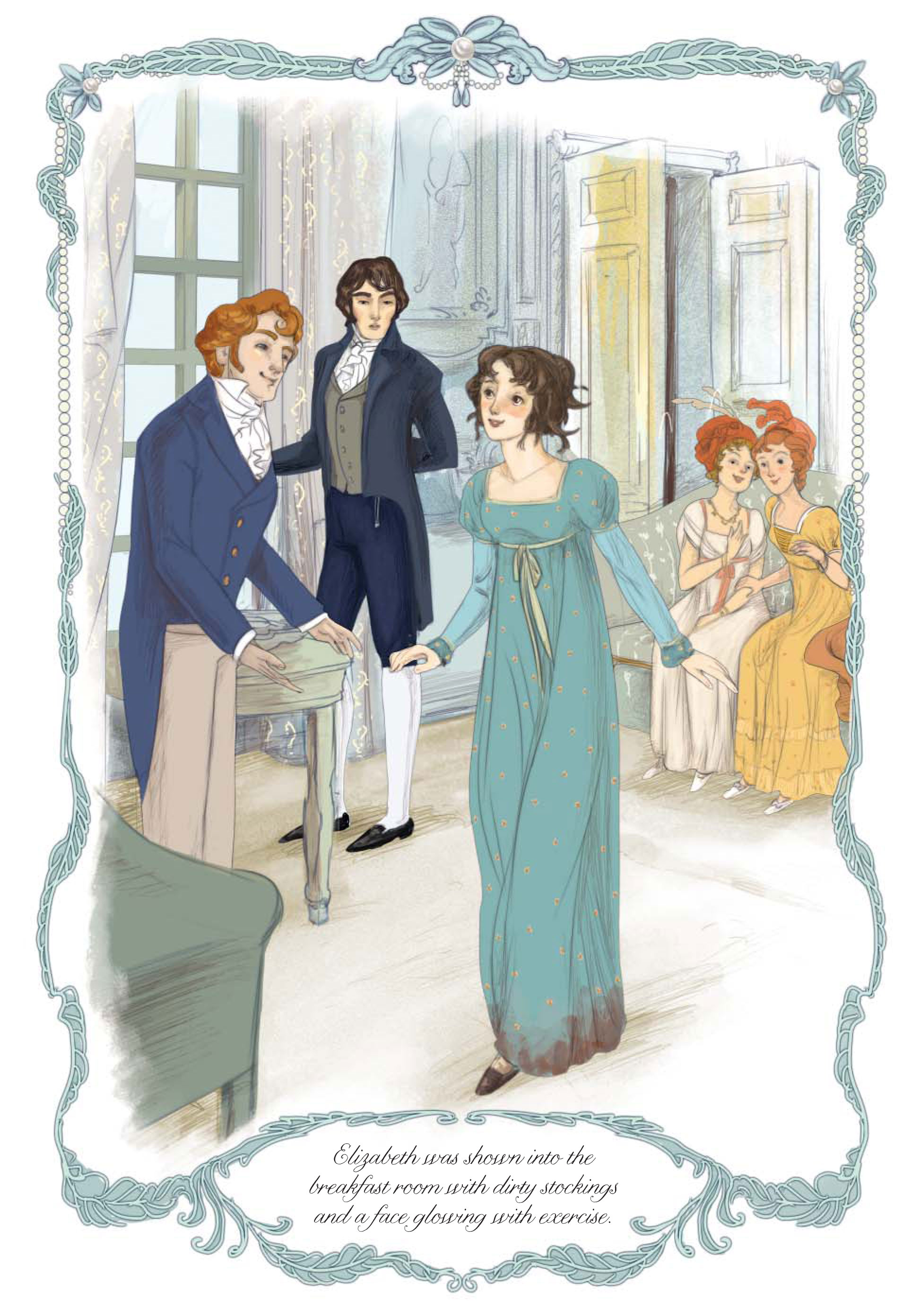
Young women in Jane Austen know their own mind. Defying convention, Lizzie goes marching across the muddy countryside to see her ill sister. (From Pride and Prejudice)
For a young, modern reader, the Regency world of young ladies going to balls and searching for husbands will probably seem quite alien at first. Despite this, what struck me most when adapting Austen’s novels, was less the difference in the characters’ concerns to those readers might have now – and more the sheer similarity.
The young women or teenagers who make up her cast of characters are grappling with rules set by society and enforced by their parents’ generation, but ultimately they are trying to find their own way as young adults. These young women are sensitive, intelligent and have minds of their own: they refuse to allow their parents to dictate their choice of partner, but choose for themselves who to trust and who to love.
Sometimes they make mistakes. They are uncertain who are real friends and who are users. They fall for smooth talkers and are swayed by first impressions. They cringe at their parents dropping hints in company; they bristle at being brushed off; they tremble with anticipation (as does the reader) when the guy they fancy finally comes over at a party.
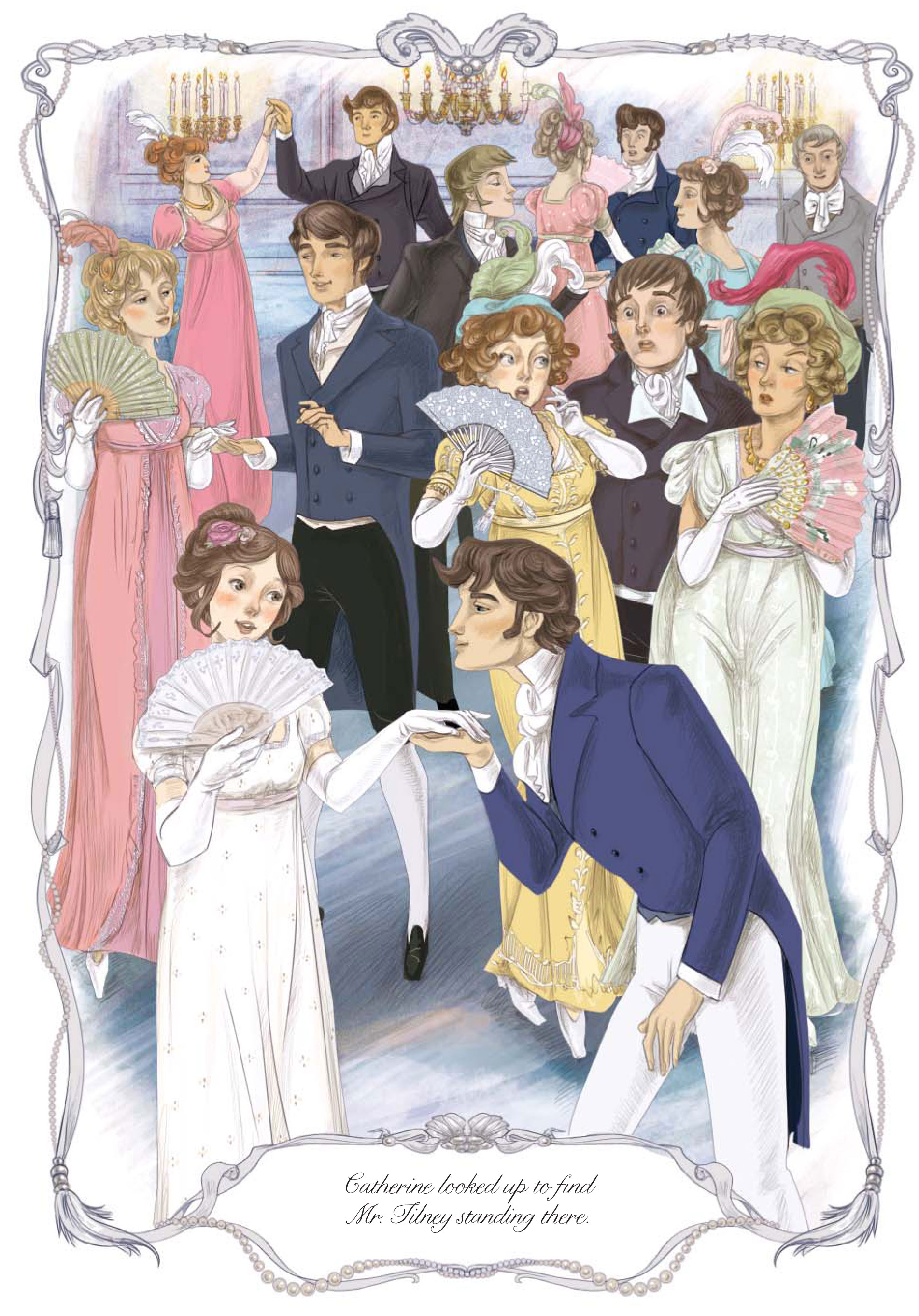
Seventeen-year old Catherine's delight when the guy she likes comes over at a party - and she manages to avoid the guy she doesn't like. (From Northanger Abbey)
They may well be deliberating about marriage rather than dating, but once you see past the Regency trappings, the characters suddenly seem strikingly familiar and contemporary.
Hopefully in our retellings, we’ve managed to pare back enough to reveal this to our readers, while giving them a taste of the original. Then, when they’re hooked, in time they can go on to enjoy the gorgeous, longer, more complex originals for themselves.

